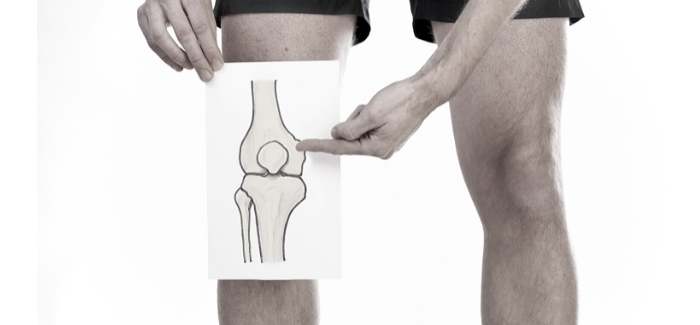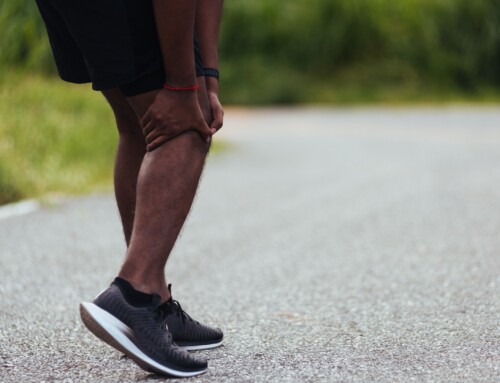By Matt Regan, SPT
Plica Syndrome: A Syndrome of the Synovial Membrane in the Knee

Find more information on Plica Syndrome, physical therapy, and managing knee pain.
What is the Synovial Membrane?
The synovial membrane is a thin type of connective tissue that lines many joints of the body, including the knee joint. This tissue produces synovial fluid which lubricates the joint, thereby reducing friction and allowing for pain-free joint movement.
What is Plica Syndrome?
When the synovial membrane of the knee becomes irritated, we call this Plica Syndrome. When this irritation occurs, the synovial membrane becomes thick and painful. The most common causes of Plica Syndrome are:
- muscle weakness
- muscle tightness
- impaired mobility of the kneecap
- improper technique during repetitive activities
- change in activity level
- abnormal structure/mechanics of the hip and knee
- traumatic injury to the knee (direct blow)
- a combination of any of these factors
Plica Syndrome Symptomology
- painful to touch around the knee
- most likely in front of the knee or on the inside of the kneecap
- a “catching” sensation while walking or squatting
- dull pain at rest that increases with activity
- tightness of muscles around the knee
How can Physical Therapy help?
Pain relief
Ice, heat, medication (iontophoresis), electric stimulation, joint mobilization
Regain range of motion
Stretching, joint mobilizations, and massages to the knee, hip, and foot will help lengthen tight muscles that may have caused the dysfunction. These strategies can help improve symptoms.
Muscle strengthening
Weakness in different muscles cause an abnormal balancing of forces at the knee. Through the utilization of a safe, individualized therapeutic exercise program, these forces at the knee can be rebalanced and lead to improved symptoms
Functional Training
Having a painful knee can cause limitations in many areas of life, including walking, stairs, and picking things up off the floor. Once range of motion and strength are improved, it is important to gradually progress to more advanced activities in order to simulate activities of daily living. Physical therapists will work with you in order to achieve your goals safely and effectively.
For more information on plica syndrome, physical therapy and managing knee pain, call 518-289-5242 to make an appointment at one of our physical therapy clinics in Queensbury, Malta, or Saratoga NY. Our PT clinics serve Ballston Spa, Clifton Park, Malta, Saratoga Springs and the Glens Falls – Lake George region.




